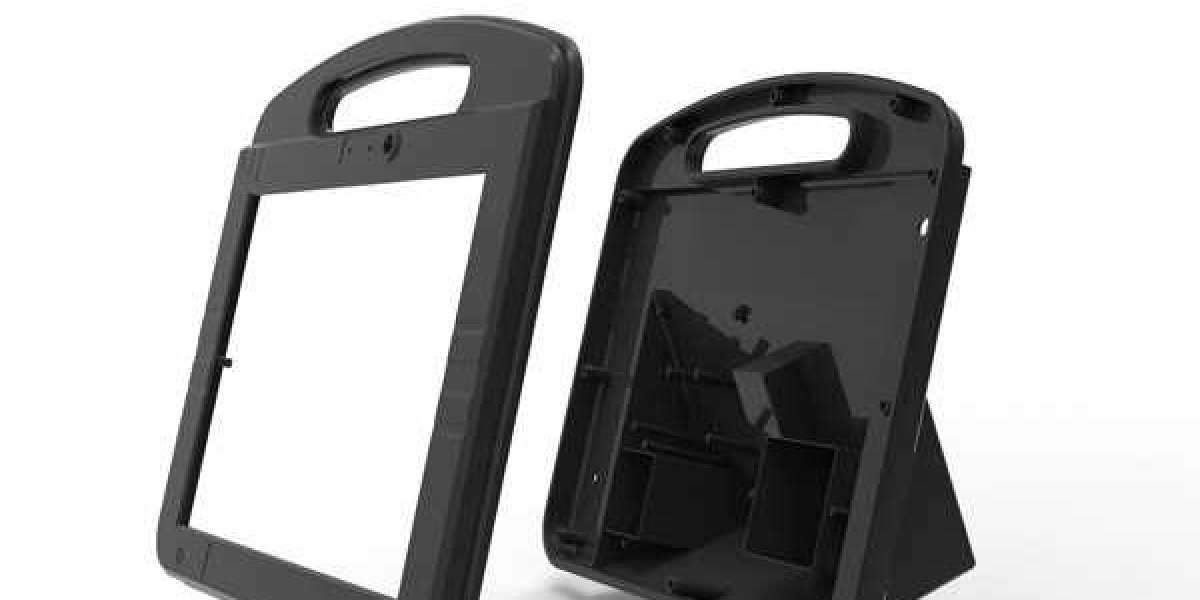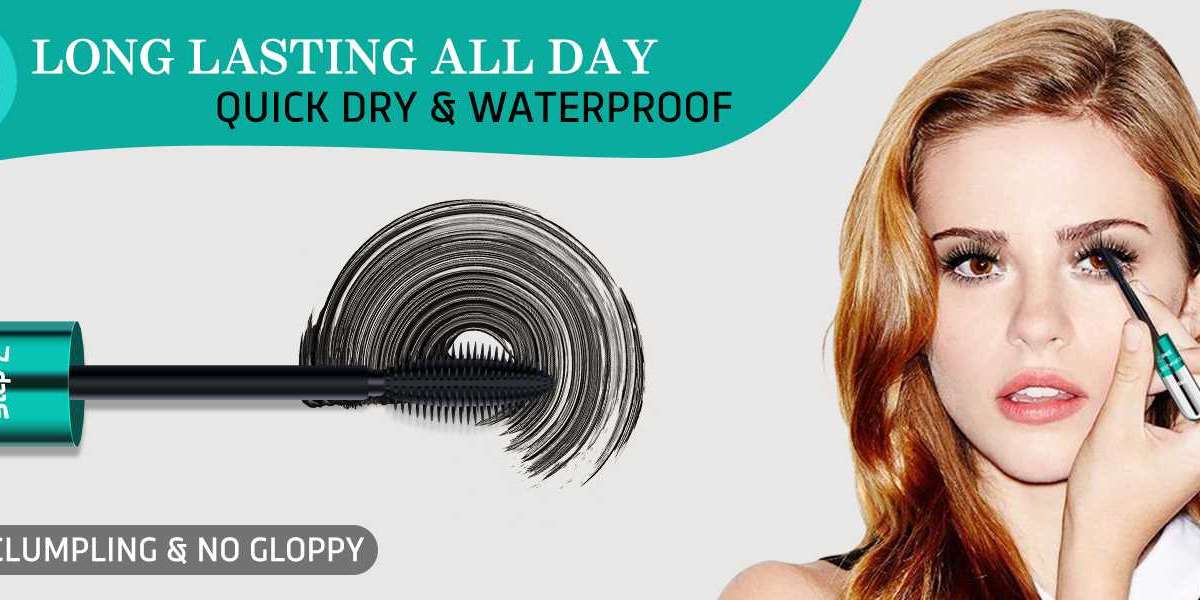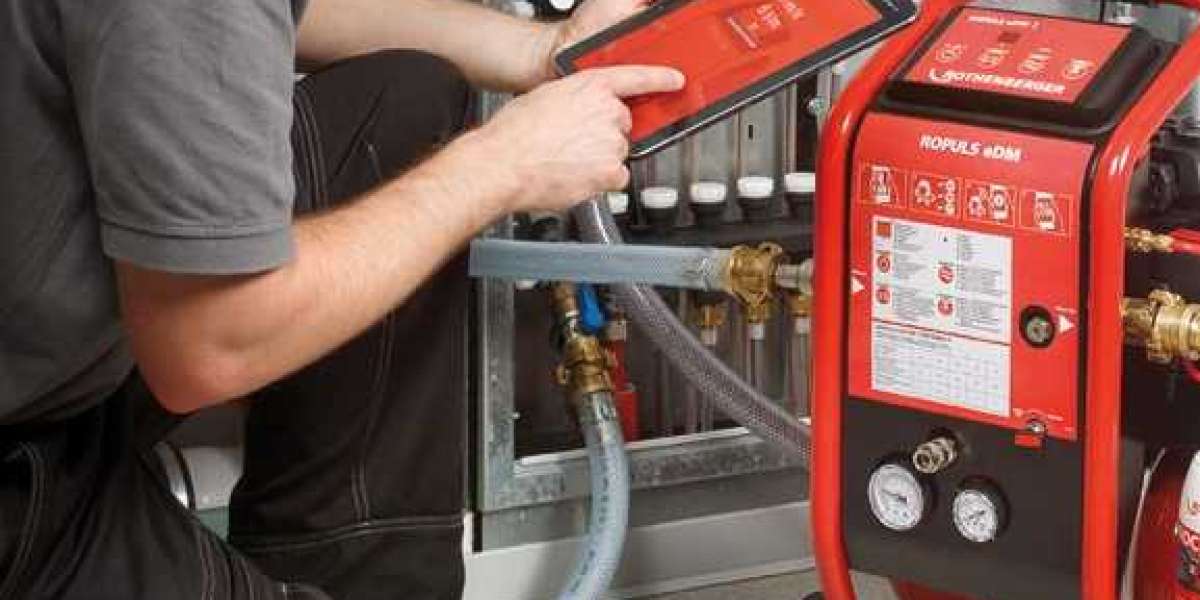When it comes to material selection for medical device plastic injection molding, it’s important to work with a molding company that’s been entrusted by the medical manufacturing industry to identify the best resin for a given device and who specializes in engineered resins. Tight tolerance parts in injection molding require careful control of variables like temperature, pressure, and cycle time, as well as high-quality mold design, to ensure that the final dimensions consistently meet precise specifications. The cost of tooling depends on several factors, including the complexity of the part design, the number of cavities in the mold, and the materials used for the mold itself. High-quality, durable materials like hardened steel are often more expensive but are necessary for high-volume production runs to ensure the mold’s longevity and consistent performance. Many plastic mold design projects have landed with us because others were not able to manufacture a product the way the customer had intended.
How Much Are Mold For Injection Molding
Now, these plastic molders are forced to reduce the mold temperature in order to regain the lost productivity caused by long cooling cycles necessitated by higher melt temperatures. This high melt temperature to low mold temperature ratio often results in compromised part properties and an unstable part. Family molds allow for multiple different parts to be produced in the same mold, improving efficiency when parts are assembled together. When it comes to plastic injection molding processes, many people find themselves researching the differences to determine which process is right for their application. One of the most commonly researched processes are overmolding and insert molding. Mold design is crucial in injection molding, as factors like gate location, wall thickness, and venting must be carefully considered to ensure proper material flow, prevent defects, and optimize the cooling process for high-quality, dimensionally accurate parts.
What Causes Core Pin Bending Injection Molding
When it comes to plastic injection mold design guidelines, there are several important considerations to keep in mind, such as strength requirements, environment exposure, resin selection and more. Glass fiber-reinforced plastics are commonly used in injection molding for applications requiring enhanced mechanical properties, such as higher strength and rigidity. However, these materials require special considerations in mold design due to their abrasive nature. If your parts have stress cracks, you should work with a plastic injection molding company that has in-house Master Molders. The impact of mold material selection on injection molding outcomes is significant. Factors like thermal conductivity, wear resistance, and corrosion resistance must be considered to ensure molds perform optimally throughout their lifespan. Packaging and inspection requirements are critical components of the injection molding process. They impact both cost and quality assurance








